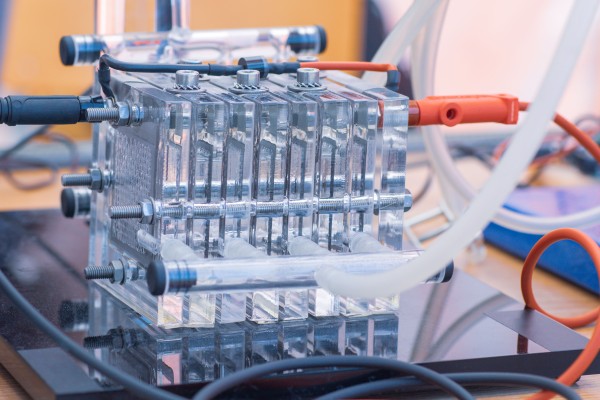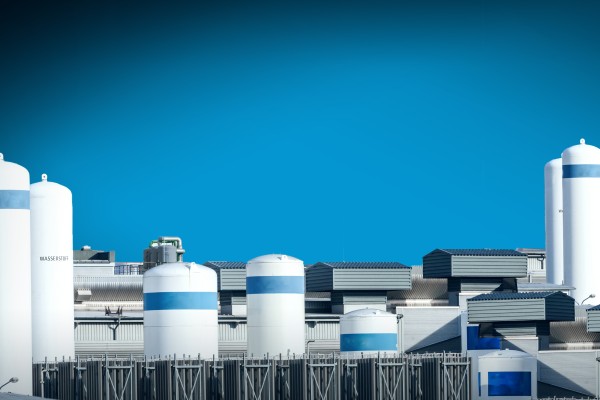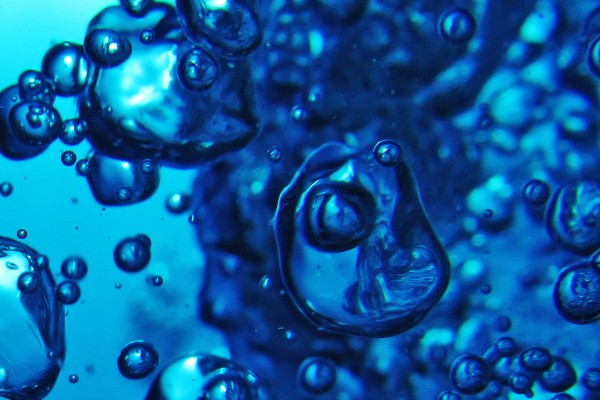Proton exchange membrane (PEM) fuel cells convert hydrogen and oxygen into water and thereby release energy. The heart of a fuel cell is a polymer electrolyte membrane coated with platinum-based catalysts on both sides (catalyst coated membrane, CCM).
PEM fuel cells can be used in different mobile and stationary applications, such as power storage, material handling vehicles, light-duty and heavy-duty transport. Within the transportation sector fuel cell electric vehicles partially compete with battery electric vehicles. However, the characteristics of higher driving range and significantly lower refueling times make hydrogen fuel cell vehicles the technology of choice for long range and heavy-duty transportation.
Due to the collective commitment to the mission of reducing carbon dioxide emissions, and creating a climate neutral society, the growth of PEM fuel cells is widely foreseen. This will enable worldwide deployment of fuel cell electric vehicles and significant reduction of costs for those.
Heraeus offers precious metal-based catalysts for the cathode and the anode side of CCM for a variety of fuel cell applications, including:
- Stationary
- Material handling vehicles
- Passenger cars
- Heavy-duty transport
- Trains and buses










